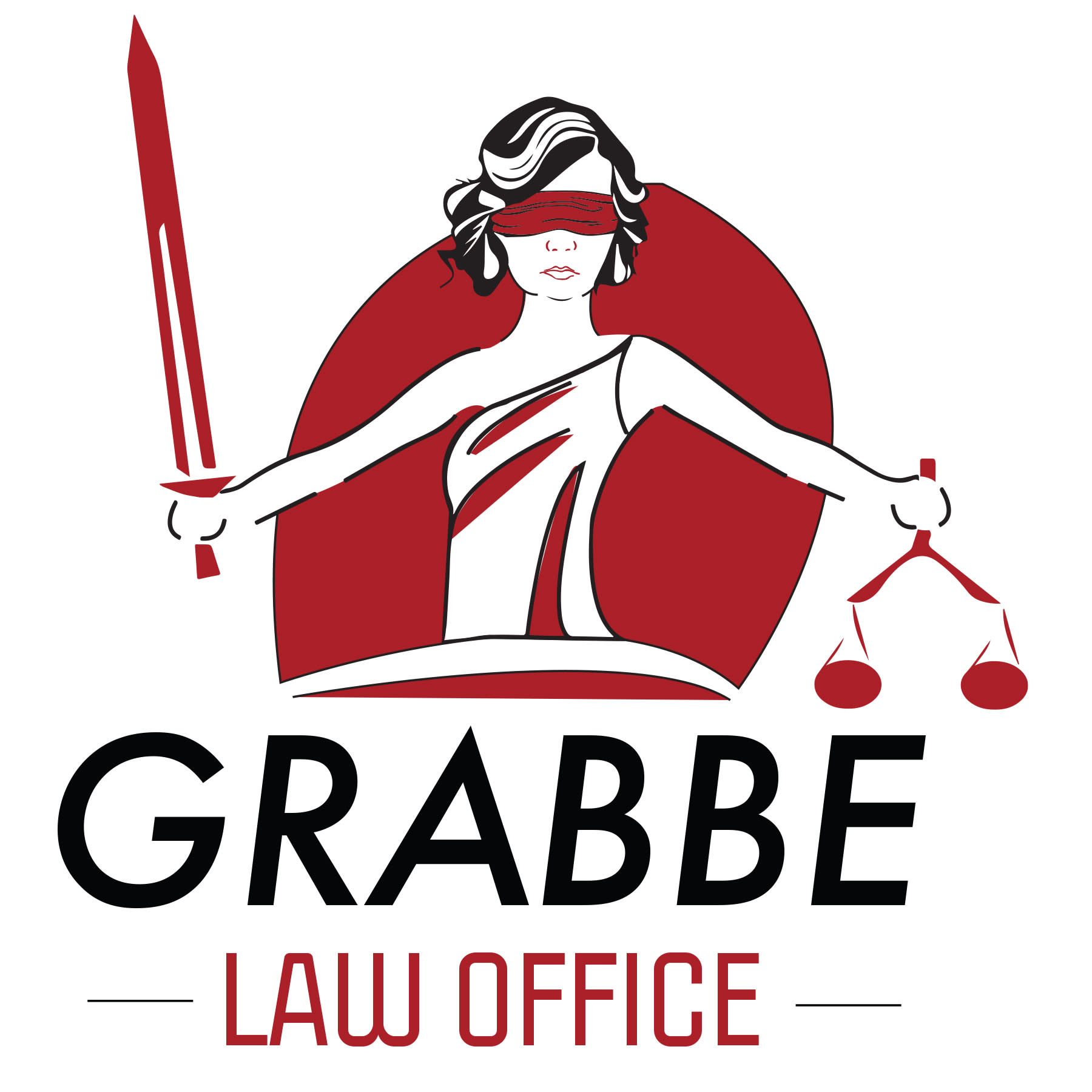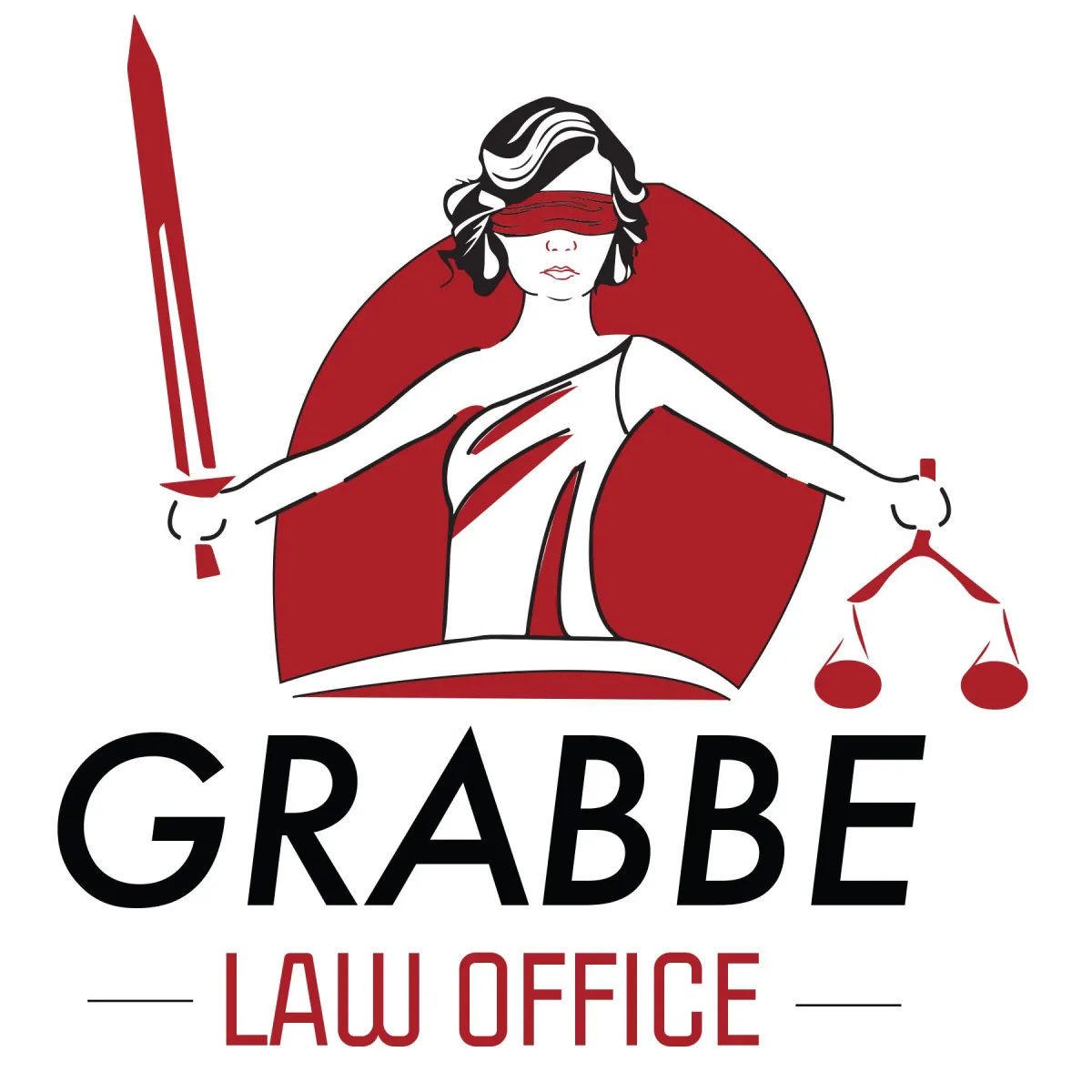Welcome to the Blog!

Understanding Trademark Classes: Class 9, Class 30, Class 35 and Class 41
Understanding Trademark Classes: Class 9, Class 30, Class 35 And Class 41
Businesses rely on legal safeguards to help protect the value of the various goods and services they offer and for their own distinct presence in the industry market they occupy. One thing that can make a business stick out from its competition and gain better brand awareness is a phrase, a symbol, a design, or some combination of words and images that become a unique identifier. The process for registering this identifier, known as a service mark or trademark, is managed by the United States Patent and Trademark Office (USPTO), which sorts the marks it receives and approves for registration into various trademark classes. Understanding these classes and the USPTO’s classification process can help business owners to navigate the complex trademark application process more smoothly. For more information on trademark classes, schedule a free 15-consultation with the Kansas trademark attorney at Grabbe Law Office.
Trademark Classes in the Registration Process
Although according to the USPTO the term trademark is sufficient for both services and goods, when companies that offer services create a brand they will often refer to the mark they use in seeking legal protections for their brand as a service mark. Companies that offer goods will typically use a trademark. Whether you apply a distinction between service marks and the trademarks applied to products or not, the USPTO will still sort the received application into one of its trademark classes.
What Is the Purpose of Trademark Classes?
Due to the high volume of products and services that exist in the United States and that are developed every year, the USPTO uses a classification system that helps with the organization of incoming applications and the maintenance of registration records. Many businesses will, at some point, file an application for a trademark and so, having a systematic grouping process is important.
Trademark Classes 9, 30, 35, and 41 Explained
The trademark application process can be difficult to navigate. Simply determining the appropriate classification for your goods or services can be a challenging task in itself. However, accurately predicting the trademark class relevant to your brand can be a first step in the right direction and one that may help the application process go more smoothly.
Trademark Class 9
The USPTO explains that trademark class 009 falls within the range of international trademark classes that pertain to goods. Goods with trademarks in this class include computer, scientific, and electrical products. Some examples of the products that are included under class 009 include cash registers, data processing equipment, nautical instruments, tools for measuring and weighing, recording discs, and computers.
Trademark Class 30
Trademark class 030 is also located in the products portion of the classification listing. Trademarks registered in this category pertain to staple foods. Some examples of products whose trademark registrations are filed in class 030 include yeast, salt, mustard, flour, rice, and sugar.
Trademark Class 35
Trademark classes 035-045 are reserved for services. Marks in these categories are also sometimes referred to as service marks. Class 035 covers advertising, business, and retail services, as well as administration, management, and other office operations.
Trademark Class 41
Trademark class 041 is located on the services portion of the classification listing. This trademark class is applied to services in education and entertainment. International trademark classifications apply a broad definition of education and entertainment, placing the trademarks for services relating to a wide variety of sporting and cultural activities under the class 041 heading.
Searching for Trademarks
Because one of the criteria for trademark registration approval is the uniqueness of the submitted mark, business owners must conduct research to ensure that their mark is not closely similar to an existing registered or pending trademark as part of their due diligence prior to submitting an application. The USPTO’s Trademark Electronic Search System (TESS) lists all trademarks currently registered in the United States, as well as those that may be pending.
Understanding trademark classes can make the research process much more manageable because dividing the massive list into smaller categories limits the amount of research needed before a business can move forward with its trademark application. For this reason, accurately identifying the trademark class that applies to your business is an important step in a successful trademark application. Businesses that want greater support with the process can reach out to an attorney at the Grabbe Law Office for comprehensive trademark search and monitoring services.
Benefits of Working With a Trademark Attorney
There is no requirement that an entity or individual have a trademark attorney, either to start the process or to be successful with it. However, an attorney will often have experience working through the process that can enable them to provide guidance and support. With help, common mistakes that new applicants tend to make can often be avoided, meaning the entire process may move along more quickly.
Avoiding Delays
The trademark application process can take anywhere from a few months to several years. Applying for trademark registration can also be an expensive undertaking, with application fees beginning $250 at the time of this writing.
Owing to the substantial time and money involved, being sure all steps are completed properly from the outset is essential. Missing filing deadlines or not responding appropriately to questions asked by the USTPO’s examining attorney during office action can cause substantial delays. An attorney can help with the registration process, assist with detailed searches to best protect against infringement, monitor activity, and answer applicants’ questions along the way.
What Is a Nice Trademark?
When a trademark application is filed and approved by the USPTO, this only applies to the United States, not other countries. The Nice Agreement, by contrast, governs international trademarks. Named after professionals in Nice, France, the World Intellectual Property Organization’s Nice Classification Publication maintains this database, which uses the same system of trademark classes as the USPTO.
Businesses seeking trademark protections outside of the United States must take additional steps beyond the USPTO application. These businesses will need to identify the countries in which they wish to apply for trademark protections. However, they can still complete their application for international trademark protections through the USPTO website under the Madrid Protocol.
Speak With a Trademark Attorney Today
Registering the trademark for a good or service can be very important because a trademark is brand protection. Once successful with obtaining trademark registration it is necessary to also continue to protect its integrity from imitators and unfair copycats. Failure to be proactive in monitoring a trademark and protecting its use could result in loss of distinctiveness and even cancellation of the trademark registration. If you have questions about trademark classes, or if you would like assistance with your trademark application, a Kansas trademark attorney at Grabbe Law Office can provide knowledgeable guidance and support. Book a free 15-minute consultation with a member of our team and get started today.








